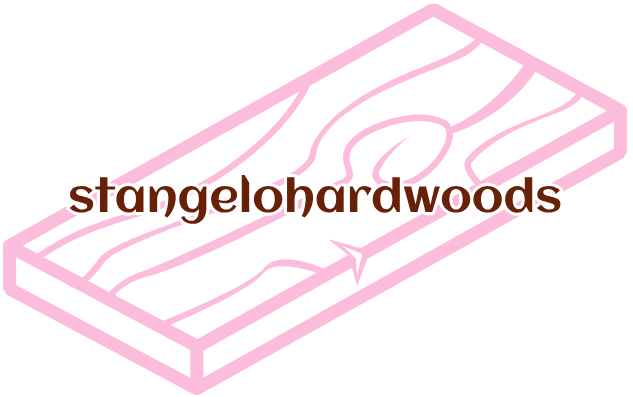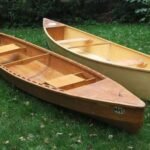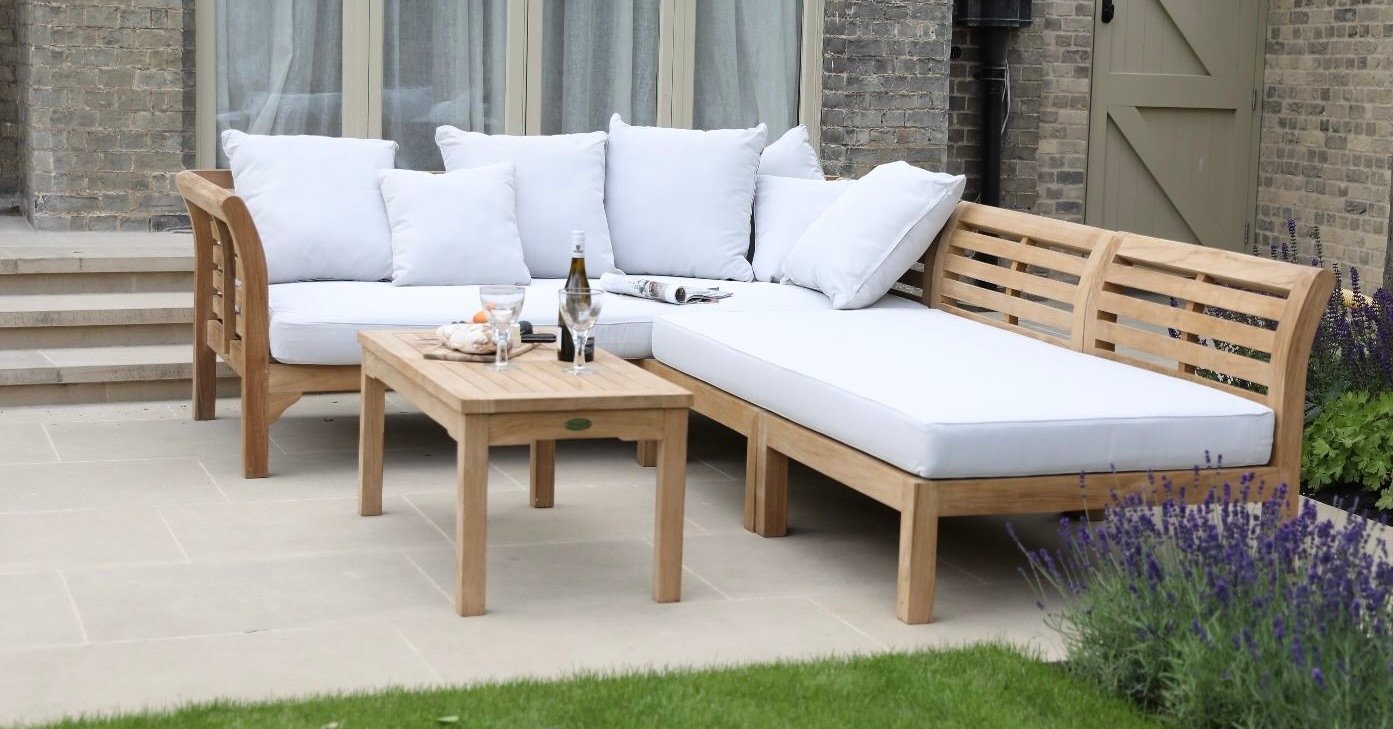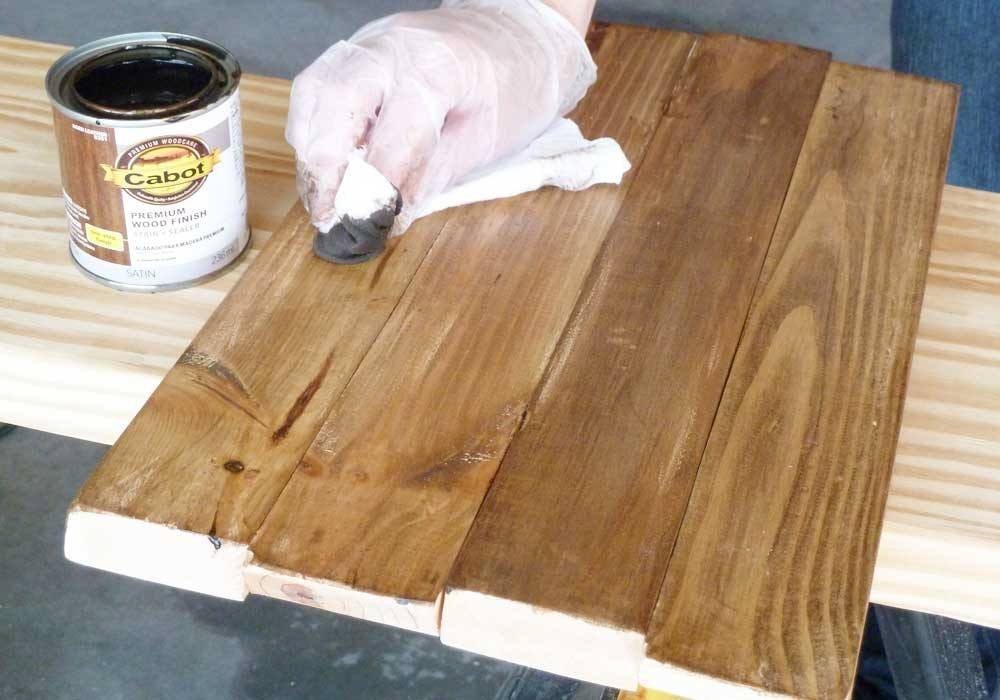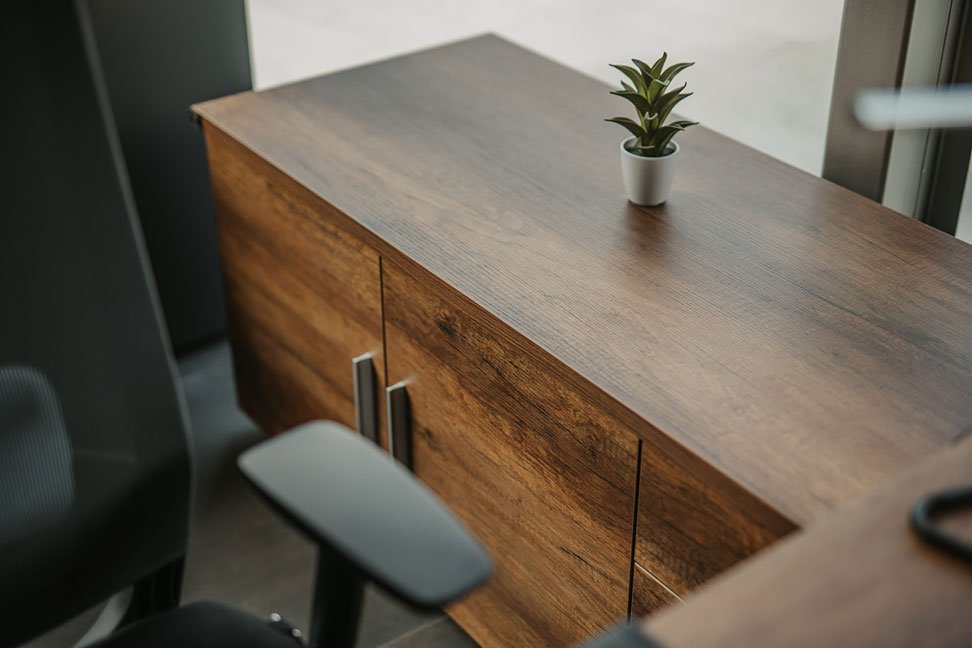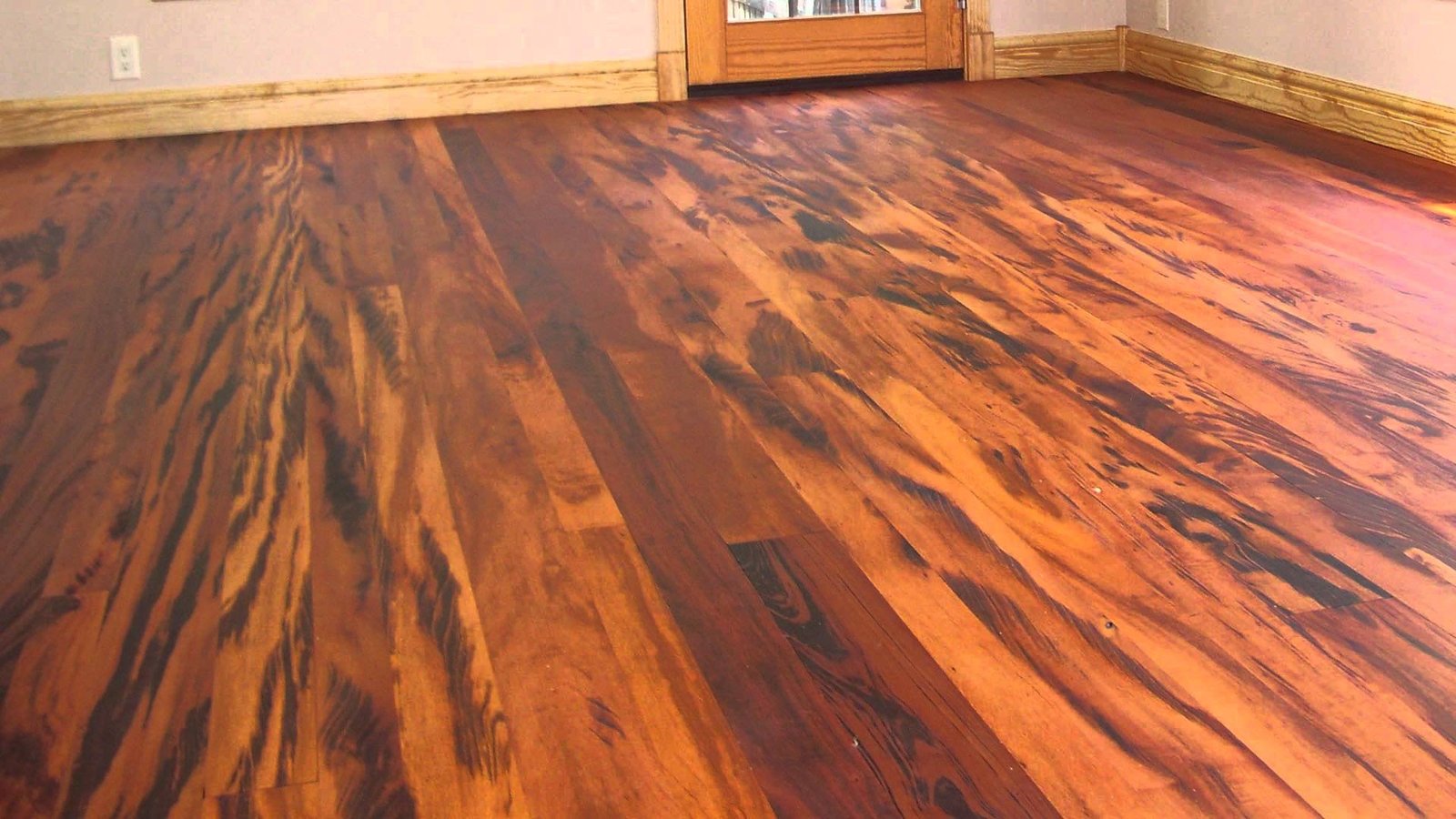Teak lumber is highly sought after for its beauty, durability, and weather resistance. However, it can be expensive and hard to source sustainably. Fortunately, there are excellent alternatives to teak lumber that offer similar benefits at a lower cost. Whether you’re building furniture, decking, or marine structures, these options are worth considering.
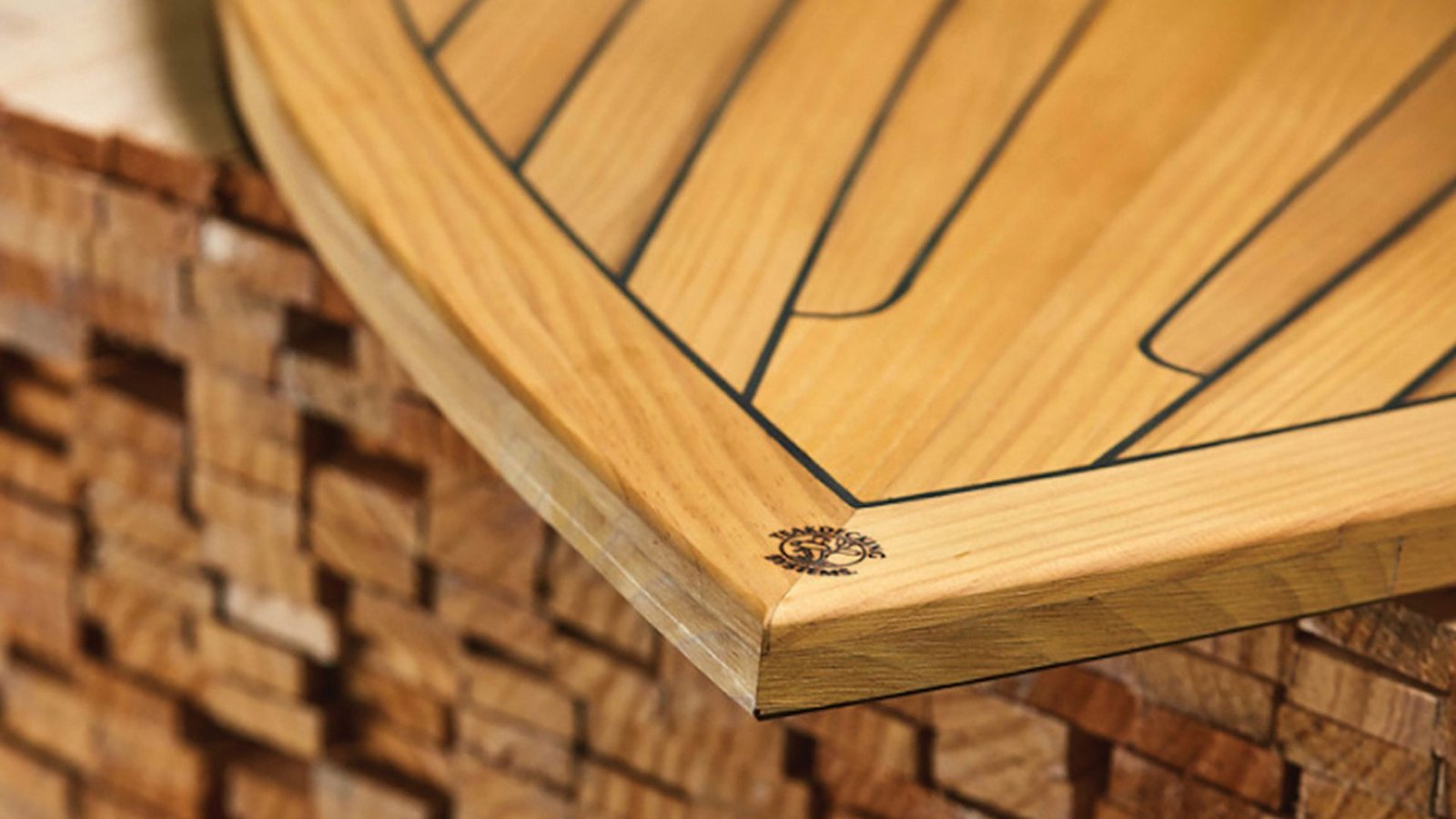
Why Look For Alternatives To Teak?
Teak is undeniably versatile, but there are reasons to explore other woods:
- Cost: Teak is one of the most expensive woods.
- Availability: High demand and overharvesting make it harder to find sustainably.
- Environmental Concerns: Unsustainable teak harvesting harms forests and ecosystems.
Choosing an alternative can save money and support sustainable practices without sacrificing quality.
Popular Teak Lumber Alternatives
Here are the best woods that mimic teak’s properties:
1. Iroko Wood
Why It’s A Great Option:
- Often called “African Teak” due to its similar appearance.
- Highly durable and resistant to weather and pests.
- Less expensive and widely available.
Best For: Outdoor furniture, boat building, and decking.
2. Shorea Wood (Balau)
Why It’s A Great Option:
- Dense, durable, and weather-resistant.
- Comes in a variety of shades, from light brown to reddish tones.
- Affordable compared to teak.
Best For: Outdoor structures like pergolas and decking.
3. Cumaru Wood (Brazilian Teak)
Why It’s A Great Option:
- Extremely hard and resistant to decay and insects.
- Offers a rich, golden-brown color similar to teak.
- Ideal for heavy-duty projects.
Best For: Flooring, decking, and marine applications.
4. Acacia Wood
Why It’s A Great Option:
- Readily available and highly affordable.
- Durable and naturally water-resistant.
- Beautiful grain patterns for aesthetic appeal.
Best For: Indoor furniture and small decorative items.
5. Eucalyptus Wood
Why It’s A Great Option:
- Fast-growing and sustainable.
- Resistant to rot and pests, especially with proper treatment.
- Lighter in weight but still durable.
Best For: Outdoor furniture and garden structures.
6. Robinia Wood (Black Locust)
Why It’s A Great Option:
- Exceptionally durable and eco-friendly.
- Resembles teak in color and grain.
- Naturally resistant to weather and pests.
Best For: Decking, fencing, and outdoor furniture.
7. Mahogany
Why It’s A Great Option:
- Offers a luxurious, reddish-brown finish.
- Fairly durable and rot-resistant.
- Easier to work with than teak due to its softness.
Best For: Indoor furniture and cabinetry.
8. Jatoba Wood (Brazilian Cherry)
Why It’s A Great Option:
- Extremely hard and durable.
- Features rich, reddish-brown tones.
- More affordable than teak.
Best For: Flooring, furniture, and high-traffic areas.
9. Sapele Wood
Why It’s A Great Option:
- Has a fine, interlocking grain pattern.
- Durable and resistant to rot when treated.
- Adds a warm, reddish hue to projects.
Best For: Doors, veneers, and musical instruments.
Tips For Choosing The Right Alternative
When selecting an alternative to teak lumber, keep these factors in mind:
- Project Requirements: Outdoor projects need rot-resistant and durable wood.
- Budget: Some alternatives are more affordable than others.
- Sustainability: Look for FSC-certified or plantation-grown wood.
- Appearance: Match the color and grain to your design preferences.
Conclusion
Teak lumber is a premium material, but these alternatives provide excellent substitutes. Iroko, Shorea, Cumaru, and other options offer similar durability, beauty, and weather resistance at a fraction of the cost. By choosing a sustainable alternative, you can complete your project while protecting the environment and staying within budget.
